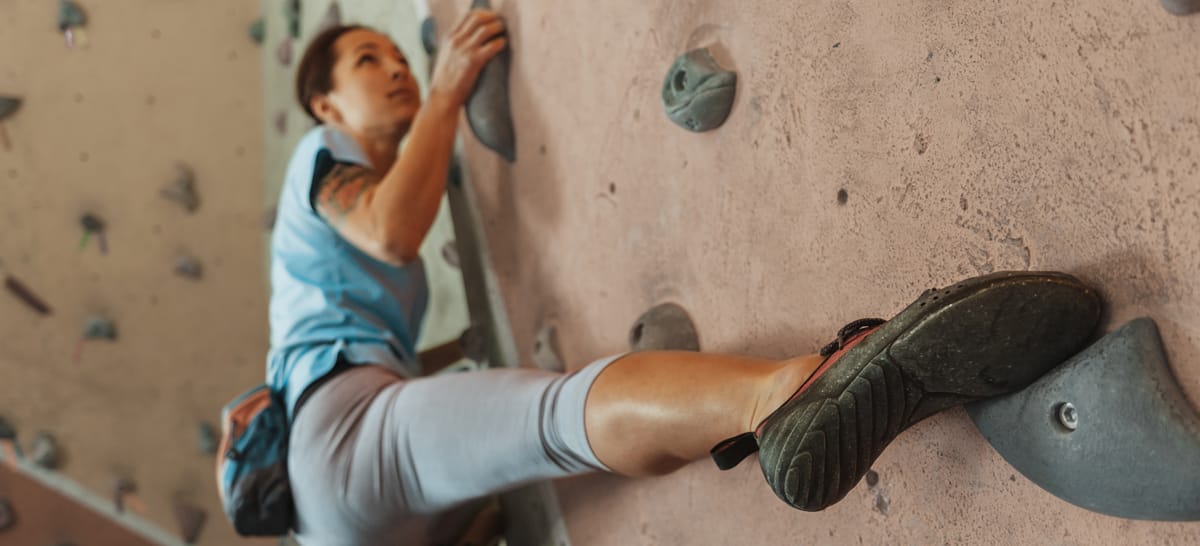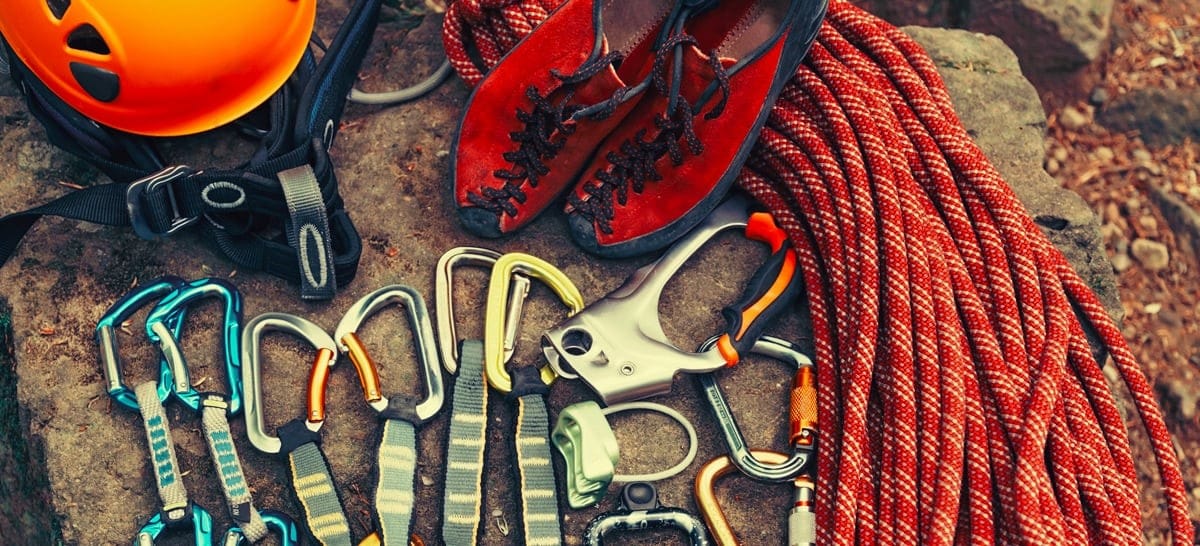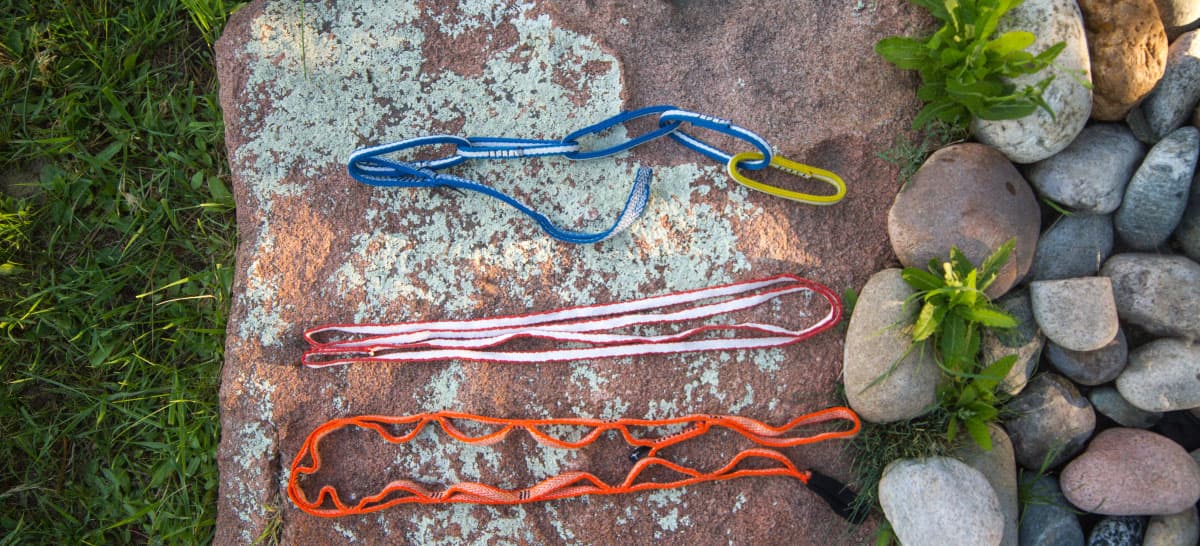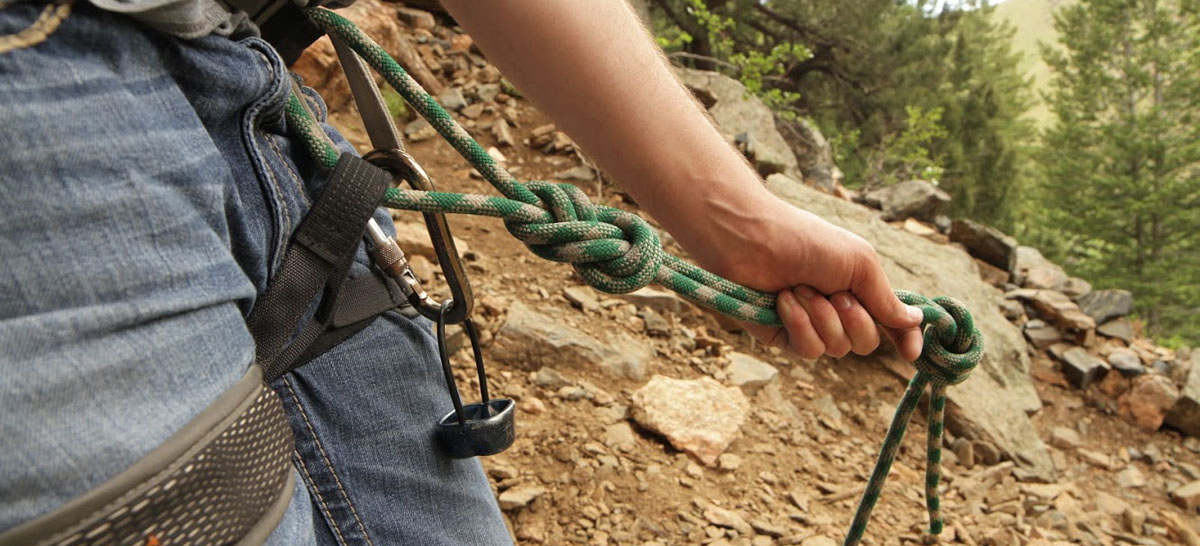The American system of climbing grades is based off the Yosemite Decimal System (YDS), which ranges from class 1 (hiking) to class 5 (technical rock climbing). The idea of climbing grades is fairly straightforward, but when applied to bouldering, sport climbing, alpine, ice, trad, or mountaineering, the grades change based on the local climbing area or by the international standard.
In other words: climbing grades are almost meangingless when taken at face value. So in addition to preparing for your next climb with a good pair of rock climbing shoes, you'll want to do your homework on your next climbing location to learn more about its grade.
Difficulty can vary based on location
The key to understanding how a route is graded is as much in a route's construct and location as it is its moves. For example: The Utah desert is almost exclusively known for its very particular style of slab and crack climbing. For the local community, a 5.7 would be the grade for someone who is intimately familiar with that type of climbing, but if you aren't used to this type of climbing, these routes will feel more difficult.
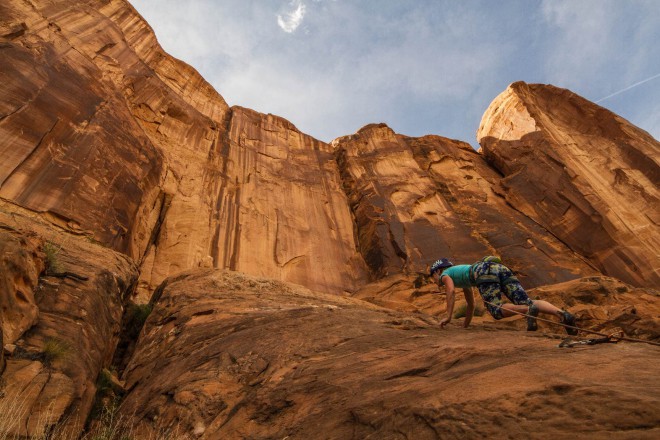
In Colorado or Yosemite, climbing routes were established in the 1950s and 1960s, when the hardest grade was up to a 5.8 or 5.9. Many of the climbing grades were established before technical innovations led to the modern climbing equipment required to climb harder, so they are based on a historical scale that remains unchanged to preserve the integrity of the route.
In general, here's what to expect from climbing grades
Typically, climbing grades do fall into a rudimentary scale of difficulty. A 5.0 to 5.7 is considered easy, 5.8 to 5.10 is considered intermediate, 5.11 to 5.12 is hard, and 5.13 to 5.15 is reserved for a very elite few.
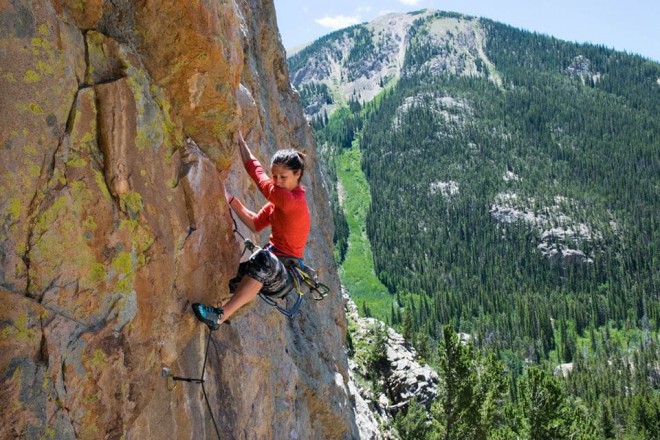
Climbing grades do not take into account the danger factor; they only describe the physical difficulty of the route. Objective dangers and protection are rated on a movie-like G, PG, PG-13, R, and X scale. So a climb that has moderate moves but is in a location where falls could be potentially dangerous could be graded as 5.8 R.
Climbing ratings are almost exclusively determined by local climbers, being further broken into numbers and + or - to determine the difficulty of that particular grade. A 5.9+ may be closer to a 5.10a, which is harder than a 5.10+ and so on.
Bouldering is measured differently from sport or trad climbing
American Bouldering is graded on its own scale, known as the Hueco System (also known as the V Scale). This system ranges from V0 to V16, with V0 considered to be easy and V16 saved for the elite. Like the Yosemite Decimal System, it takes into account the difficulty of the holds, foot placements and muscular moves, not the danger of the route.
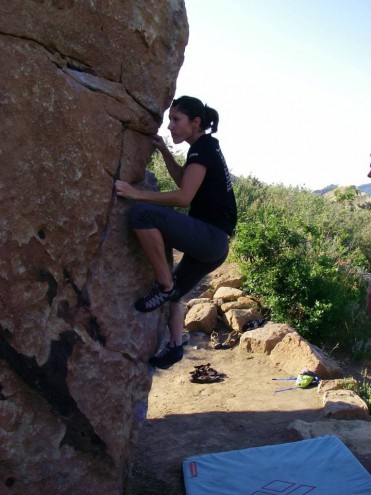
Essentially, it's impossible to measure ability based on climbing grades since it's almost entirely subjective. But that should not stop you from working on your abseiling and bouldering techniques. Look up the climbing cultures and traditions of locations you're planning to climb and go from there. In the end, grades are a suggested number, not a guideline. By following ability and not grades, climbing is much more enjoyable.
Learn more about climbing through Sierra's Climbing Guide.
